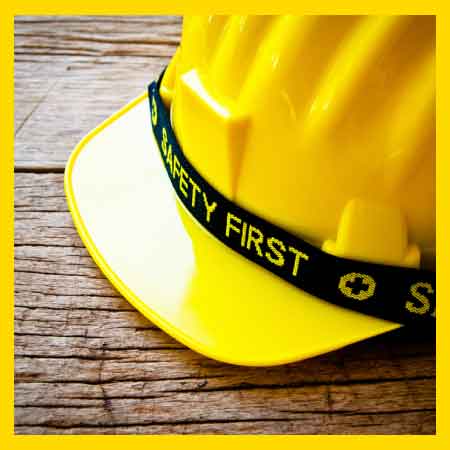Currency
March 02, 2019

Most organizations don’t have a safety strategy, and the few that do often have a competing and conflicting production strategy.
The popularity of models like The Bradley Curve indicate a hunger to understand safety culture and develop a roadmap to excellence. Moving through the three stages is more concrete than many academic models that describe the artifacts or characteristics of culture to address. But few of these models capture the whole picture of safety excellence, in which culture is just one element. They are descriptive but not prescriptive, describing an ideal culture without prescribing the steps to move an existing culture in that direction.

In our consulting, which has impacted over 1,600 sites, we have found that those who achieve true safety excellence (which includes an interdependent safety culture) methodically address four major elements and two minor ones. The major elements are: strategy, leadership, employee engagement and culture. The two minor, but important, elements are the role of safety professionals and safety metrics. While safety culture is a major element, it is so strongly impacted by the other five that working on culture without addressing other elements is ineffective.
This approach of envisioning an ideal culture and wishing toward it is barely tactical and definitely not strategic. The sad truth we find as consultants is that most organizations we assess don’t have a safety strategy, and the few that do often have a conflicting production strategy that competes with safety for priority. Cultures do not progress through the three stages if strategy is lacking or remains stagnant. Organizations that achieve safety culture excellence do so strategically by targeting the changes needed and focusing the whole organization not just on the goals but also on the methodologies to achieve them.
The popularity of models like The Bradley Curve indicate a hunger to understand safety culture and develop a roadmap to excellence. Moving through the three stages is more concrete than many academic models that describe the artifacts or characteristics of culture to address. But few of these models capture the whole picture of safety excellence, in which culture is just one element. They are descriptive but not prescriptive, describing an ideal culture without prescribing the steps to move an existing culture in that direction.

In our consulting, which has impacted over 1,600 sites, we have found that those who achieve true safety excellence (which includes an interdependent safety culture) methodically address four major elements and two minor ones. The major elements are: strategy, leadership, employee engagement and culture. The two minor, but important, elements are the role of safety professionals and safety metrics. While safety culture is a major element, it is so strongly impacted by the other five that working on culture without addressing other elements is ineffective.
This approach of envisioning an ideal culture and wishing toward it is barely tactical and definitely not strategic. The sad truth we find as consultants is that most organizations we assess don’t have a safety strategy, and the few that do often have a conflicting production strategy that competes with safety for priority. Cultures do not progress through the three stages if strategy is lacking or remains stagnant. Organizations that achieve safety culture excellence do so strategically by targeting the changes needed and focusing the whole organization not just on the goals but also on the methodologies to achieve them.









